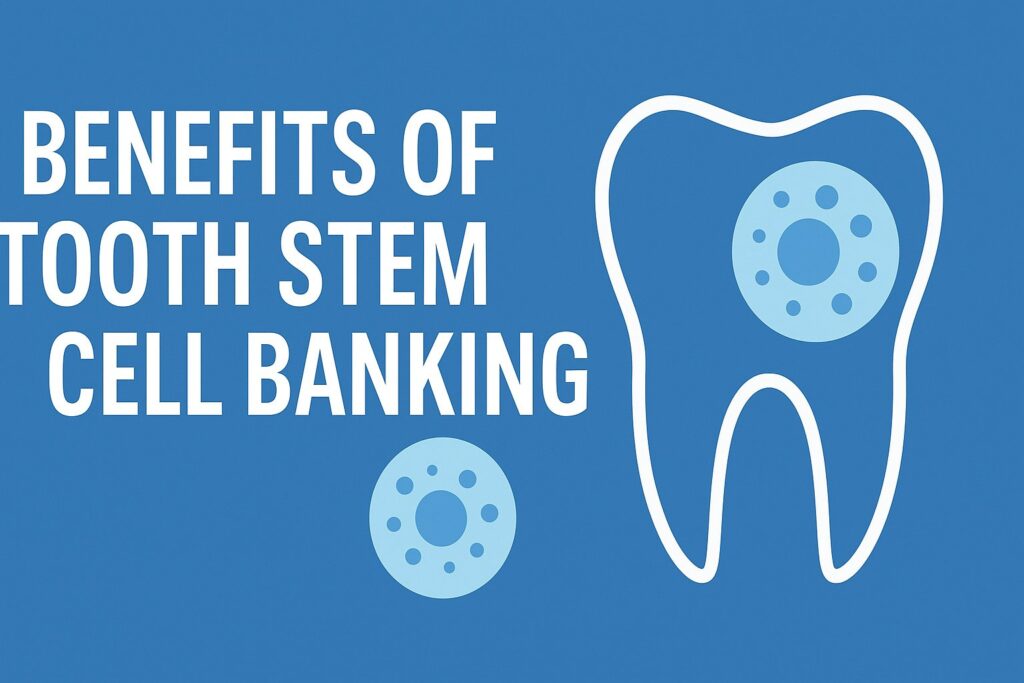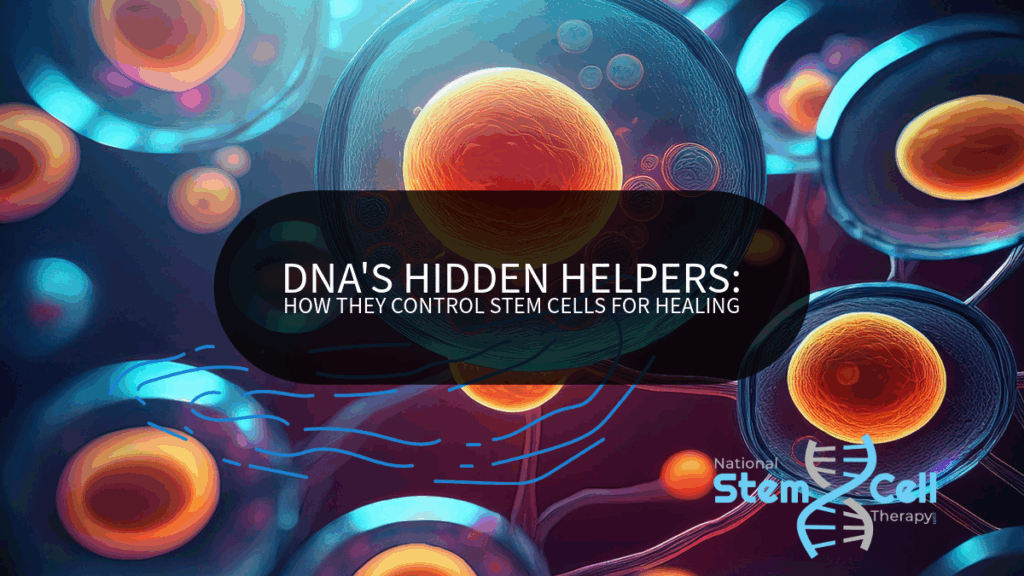Erectile dysfunction (ED) has long been a challenging condition, affecting millions of men worldwide.
Traditional treatments have varied in effectiveness and accessibility, but recent advancements in medical science have brought stem cell therapy into the spotlight.
This innovative approach promises a revolutionary way to rejuvenate the male reproductive system, but how effective is it really?
What is Stem Cell Therapy?
Stem cell therapy involves using the body’s own regenerative capabilities to repair damaged tissues and organs. Stem cells, with their unique ability to transform into various cell types, offer a beacon of hope for treating a range of diseases, including ED.
The process typically involves harvesting stem cells from the patient’s own body, such as fat tissues or bone marrow, and then injecting them into specific areas requiring treatment.
How Does Stem Cell Therapy Work for Erectile Dysfunction?
The theory behind using stem cell therapy for ED is rooted in the cells’ ability to regenerate and repair the penile tissues responsible for erections. By rejuvenating these critical tissues, the therapy aims to restore natural erectile function, potentially eliminating the need for pharmaceutical aids or mechanical devices.
Is Stem Cell Therapy Effective for ED?
Sexual and Reproductive Health Specialist, Dr. Simon Snook, takes an in-depth look at stem cell therapy for ED. Through rigorous examination of existing evidence and comparisons with other ED treatments, Dr. Snook evaluates the therapy’s efficacy, safety, and cost-effectiveness.
While the idea of using stem cells to cure ED is enticing, it is crucial to approach such extraordinary claims with a healthy dose of skepticism and demand substantial proof.
Key Considerations:
- Effectiveness: The success of stem cell therapy in curing ED is still under investigation. Early research shows promise, but more extensive, long-term studies are needed to conclusively prove its efficacy.
- Safety: Like any medical procedure, stem cell therapy carries potential risks. However, when performed under proper medical supervision, it is generally considered safe.
- Cost: Currently, stem cell therapy for ED is an expensive option compared to traditional treatments. Its affordability and accessibility will be crucial factors in its widespread adoption.
Conclusion: A Promising Future with Caveats
Stem cell therapy for ED represents a fascinating frontier in medical science, offering hope to those for whom traditional treatments have failed.
However, as Dr. Snook highlights, it’s essential to temper enthusiasm with critical scrutiny. Promising results must be backed by rigorous scientific proof, ensuring that the benefits of stem cell therapy for ED are both real and attainable for the general population.
In summary, while stem cell therapy may change the landscape of ED treatment in the future, patients and practitioners alike must remain informed and cautious, advocating for treatments that are not only innovative but also proven, safe, and accessible.



